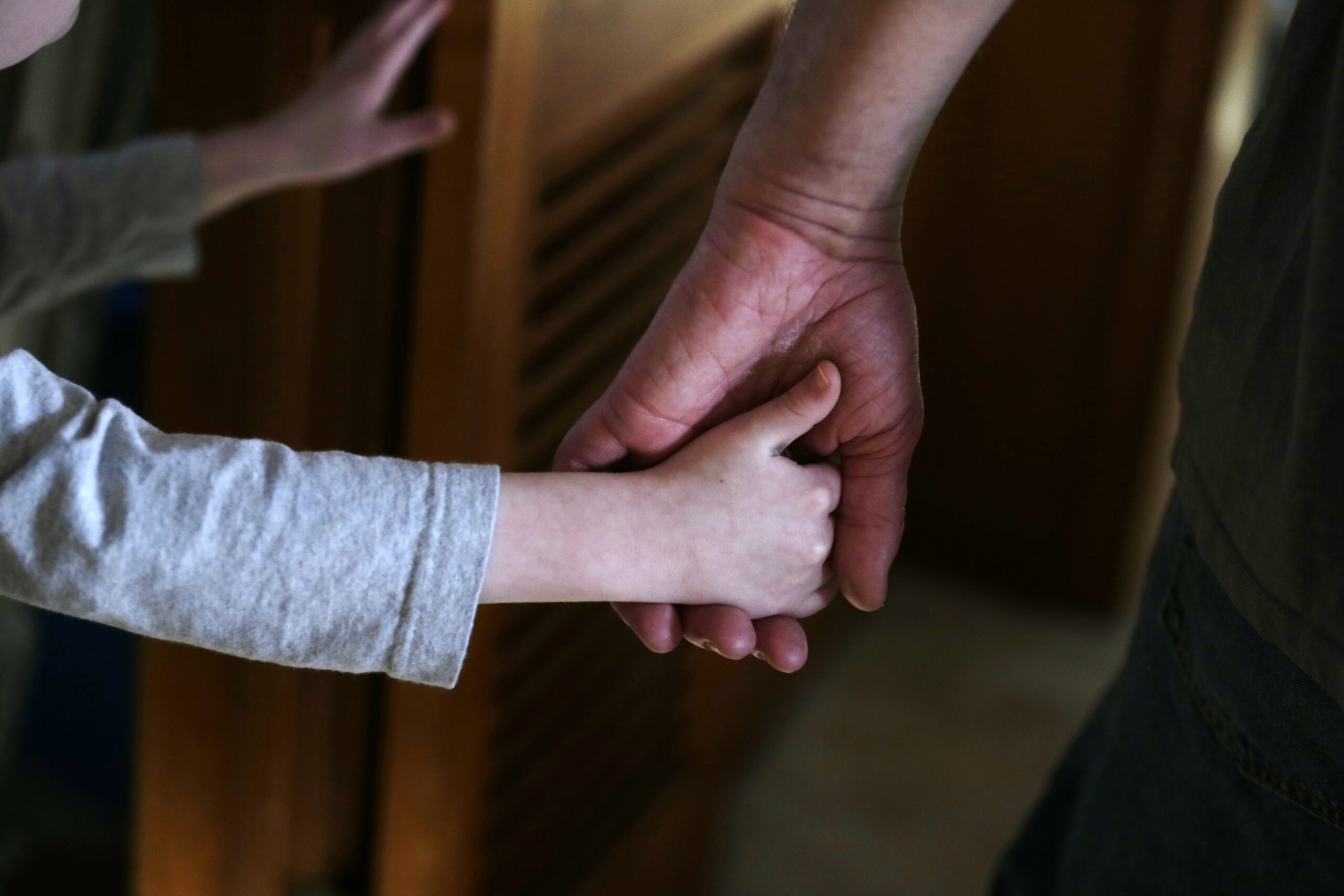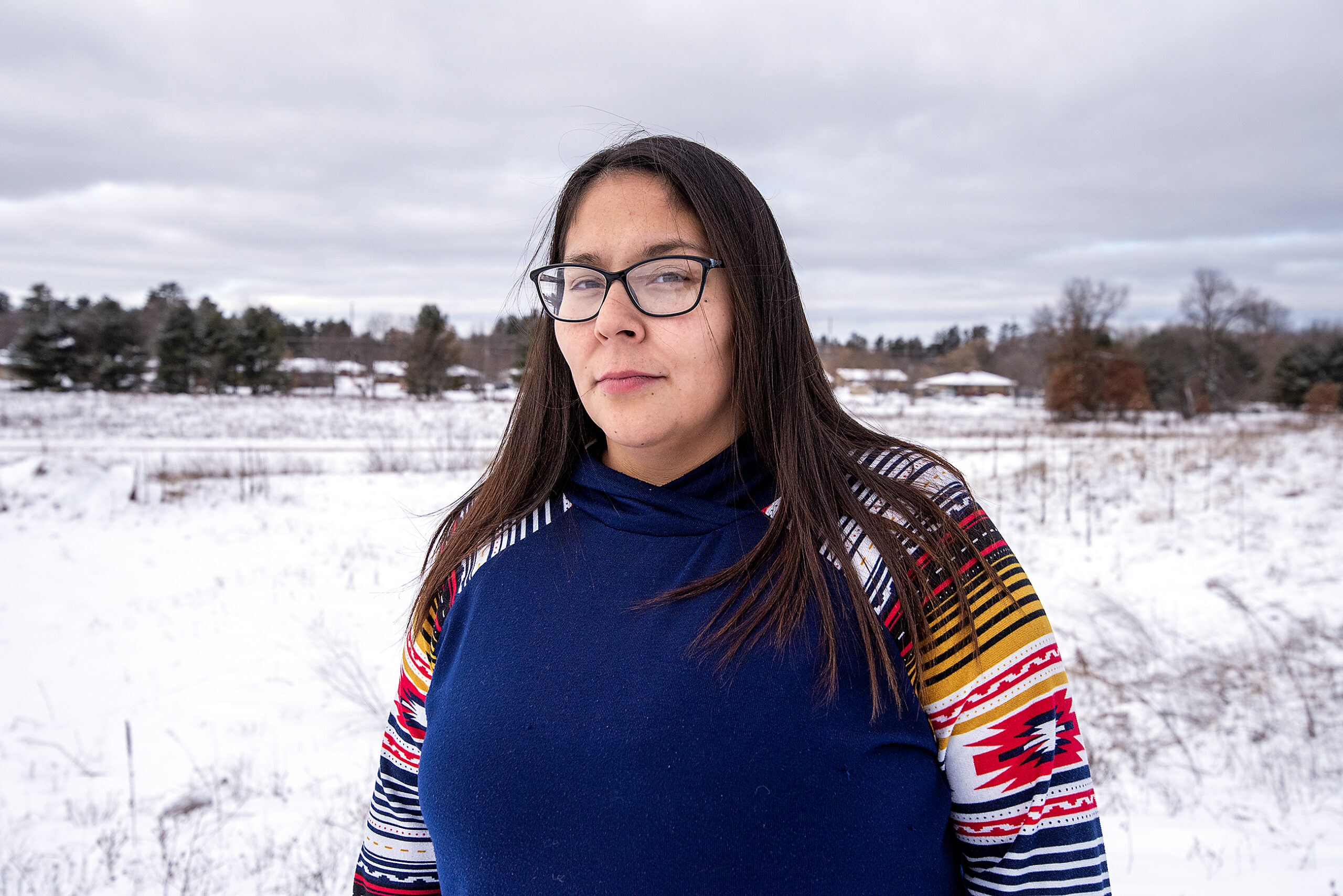There are fewer smokers in the U.S. than ever before, but the smoking rate has dropped far more among wealthy people than the poor. An expert shares why the disparity is so stark. We also look back at the biggest political stories of the week from Washington D.C. and beyond, including a Republican win in Georgia’s expensive and contentious Congressional race.
Featured in this Show
-
This Week In Washington – June 21, 2017
In our weekly look at national politics, we ‘ll talk about the contentious special election in Georgia’s 6th Congressional district that caught national attention and more.
-
Former police officer Dominique Heaggan-Brown not guilty in the 2016 fatal shooting of Sylville Smith. We speak with WPR Reporter Ross Terrell about the verdict and the reaction from Smith’s family.
-
Why Smoking Has Declined More Among The Rich Than The Poor
The number of adult smokers in the United State is at an all-time low, but the smoking rate has dropped much more significantly among people with wealth and higher education. An expert tells us what is behind the disparity.
-
Smoking At Lowest Rates Ever, But Only For Certain Americans
The number of Americans who smoke is at a record low. But the decrease in smoking over the past half-century or so hasn’t been equitable.
Over the past 50 years, smoking dropped 83 percent for people with a college degree and only 39 percent for people who’ve completed some level of high school.
There are a lot of reasons for varying smoking rates based on education and income differences, said Bruce Christiansen, senior scientist at the University of Wisconsin-Madison’s Center for Tobacco Research and Intervention.
Anti-smoking campaigns and policies have been extremely effective, but have had some unintended consequences, Christiansen said.
For example, legislation restricting where tobacco companies can advertise has resulted in more tobacco ads in lower-income neighborhoods. Since they’re not permitted to advertise on television, they’ve put more resources into advertising at points of sale, Christiansen said.
Those points of sale are often mom-and-pop corner stores in low-income neighborhoods.
“Tobacco companies target certain populations,” he said.
In some ways, the class divide when it comes to smoking rates is a self-perpetuating cycle. A key component to successfully quitting smoking is having strong interpersonal support — friends and family members who encourage you.
People in low-income and rural communities “are more likely (to be) surrounded by other smokers, because the prevalence is much higher,” Christiansen said.
Perhaps the most critical issue is a basic lack of access to convenient health care in rural and low-income communities, he said.
“If you don’t have health insurance, you often only have the wherewithal to get to the emergency room or emergency care,” and that’s not where a tobacco intervention is most likely to occur, Christiansen said. Tobacco intervention is best delivered by primary care doctors during a routine visit.
“We believe that smoking rates in these populations is one of the big drivers of the overall health disparity,” he said.
Wisconsin recently announced reducing tobacco use is one of its priorities for the new Healthy Wisconsin initiative.
Wisconsin’s tobacco quit line is free to Wisconsin residents. The number is 1-800-QUIT-NOW. They provide free counseling and two weeks of free nicotine replacement products.
Episode Credits
- Rob Ferrett Host
- Veronica Rueckert Host
- Haleema Shah Producer
- Judith Siers-Poisson Producer
- J. Carlisle Larsen Producer
- Yoni Appelbaum Guest
- Ross Terrell Guest
- Bruce Christiansen Guest
- Rob Ferrett Interviewer
Wisconsin Public Radio, © Copyright 2025, Board of Regents of the University of Wisconsin System and Wisconsin Educational Communications Board.


